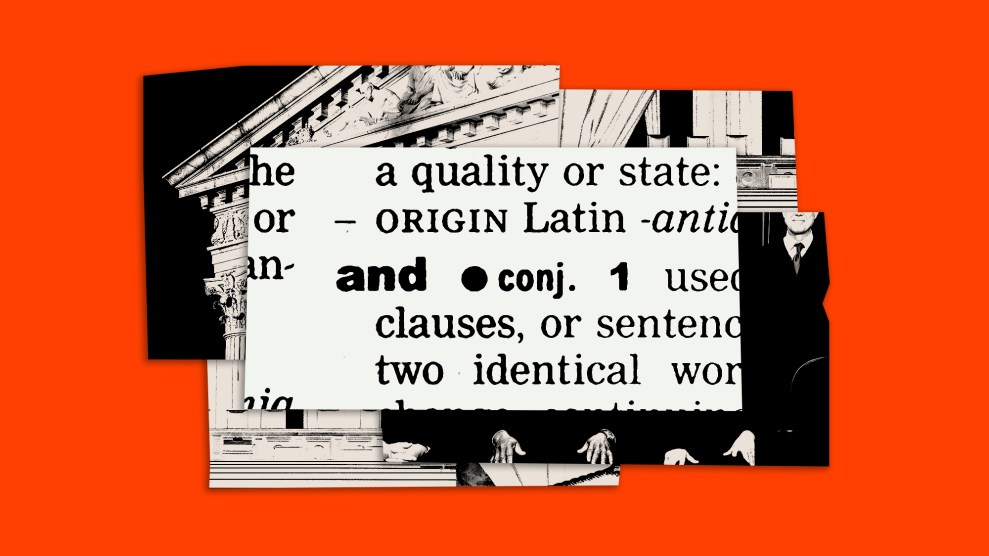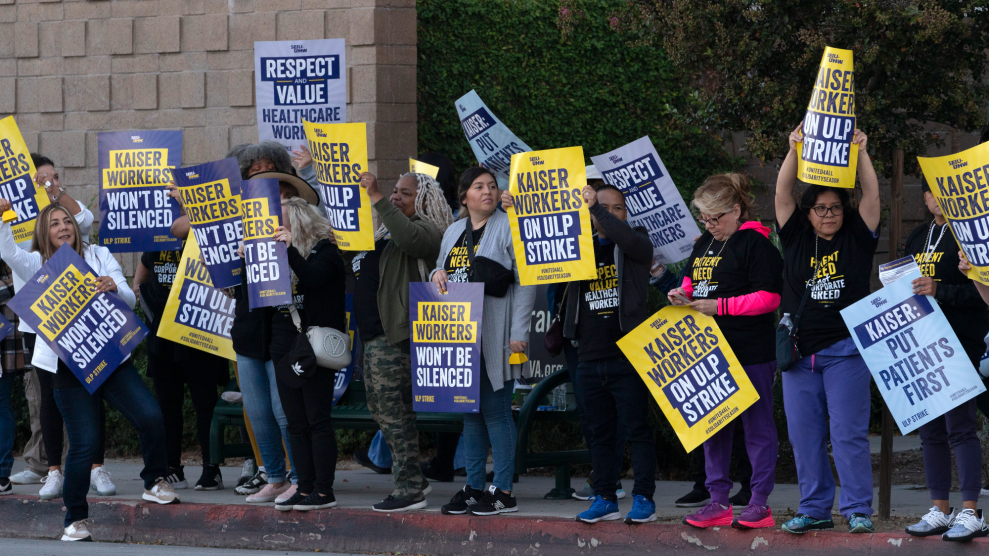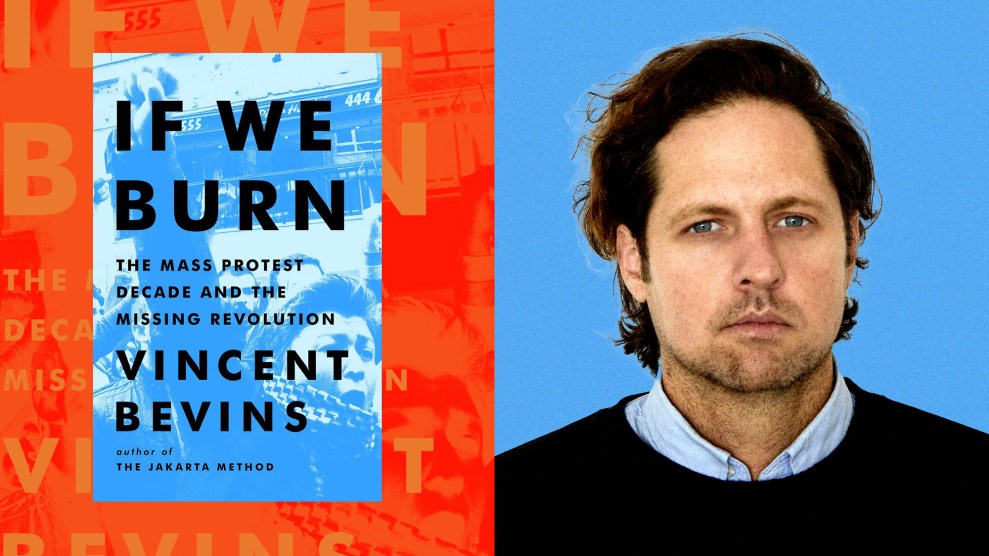Today Kevin Drum argues that Matt Yglesias’ proposal to rein in urban sprawl is a pipe dream. Yglesias’ idea, not a new one by any means, is to change zoning laws that prevent denser housing and offices in most places. Drum claims that developers, local governments, and corporations have long supported this idea and yet little has changed. The real obstacle to the densification of our suburbs are the people who live there. “Suburban residents have them completely overwhelmed,” he writes. “. . .Building a truly walkable neighborhood strikes me as the next best thing to impossible.”
Drum might have been correct 10 or 20 years ago, but he’s less correct today. I’ve been spending the greater part of my time over the past couple of months working on a magazine piece about NIMBY opposition to infill development, and one thing I’ve discovered is that public perceptions of urban density are quickly changing. There are two major demographic trends at play: Generation Y, the “echo boom” that is by far the largest population cohort in American history, is now entering the housing market. They don’t yet have kids, they often grew up in bland subdivisions, and they are itching to escape the suburbs for walkable cities. And at the same time, Baby Boomers have become empty nesters and are looking to downsize into more convenient and fun walkable communities. “Our consumer research shows that all of these consumers want to be in a higher density environment than they currently live in,” Shyam Kannan, a real estate consultant with Robert Charles Less & Co (RCLCO), told me. “There is a huge pent-up demand for walkable environments.”
Creating a more walkable community is not as hard as Drum makes it seem. A classic study produced in 1999 showed that per-capita transportation fuel consumption declined by one-half to two-thirds as urban density rose from four to 12 people per acre. That’s about as dense as many of today’s suburbs. And some of the first suburban redevelopment projects have been mall and strip mall conversions (see video below the jump), where languishing commercial districts with huge parking lots are turned into mid-rise buildings with underground parking, street-level shops, and mid-rise housing. The widest and busiest streets in suburban areas can often be rezoned in the same way. From an engineering and design perspective, these things are fairly easy to carry out.
Drum is right about one thing, though: Changing zoning laws to allow developers to meet this new housing demand will be an uphill fight. To a large degree, the problem is that the people who run city governments and have the time to go to public meetings are older folks and not 20-something Millennials. But there are already indications that zoning laws are changing. Berkeley has rezoned some of its commercial corridors and is in the process of rezoning its downtown to allow denser buildings. New laws, and lawsuits by Attorney General Jerry Brown in California, are forcing suburban cities to build more housing while at the same time reining in their sprawl. And perhaps most encouragingly, there’s a nascent movement of YIMBYs out there with its own pack of outspoken bloggers, among them the Seattle’s excellent Dan Bertolet, who has garnered a big follwing at Publicola.













